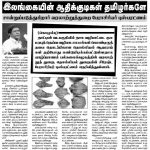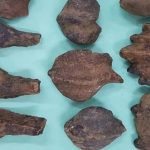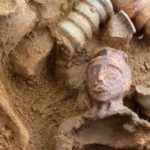

Tamil History: Archaeological Sources of the Ancient Worship of the Eelam Tamils
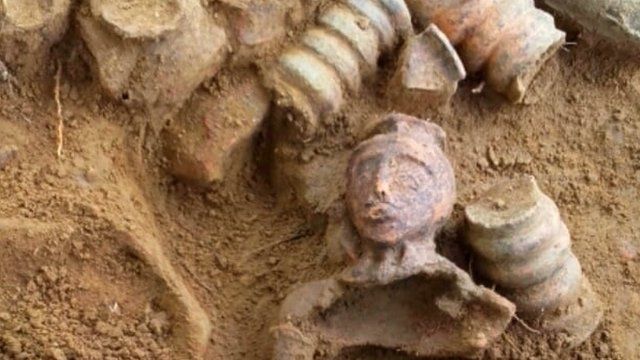

Professor of Archeology Pushparatnam
Archaeological evidence of Naga worship in the northern part of Sri Lanka has now been found.
It was discovered by Pushparatnam, a senior professor in the Department of History and Archeology at the University of Jaffna.
In this case, Professor Pushparatnam says, there is also evidence that the serpent was worshiped in a pot.
He also mentions that the ancient history of the people of northern Sri Lanka worshiping the dragon in pots has now been confirmed.
Snake worship is one of the most ancient folk cults in South Asia.
He says that as the dragons came from the earth and disappeared back into the earth, there is also evidence that the ancient people kept them in the earth and worshiped them.
He said the finds were made during archeological excavations at Katukkarai and Nagapaduvan.
He also said that these sources confirm that the people of Northern Sri Lanka had Naga worship as a caste cult.
These areas are located close to the town of Mulanka in the Kilinochchi-Poonakary area.
The professor says that some of the evidence of snake worship found in the Nagapaduwan area is not yet available in South Asian countries.
Nagapaduvan – Name of the town
The name Nagapaduvan is derived from the word for snake, and it is said that Paduvam, Paduvan means deep pool or large pond.
According to the professor, the name of the town, which means Nagakulam, does not change and is called Nagapaduvan in the ancient Tamil word.
Ancient symbols including ancient cultural symbols, terracotta serpent symbols, pedestal serpent, serpent statues, sculptures and serpent stones have been found at the site.
He also points out that these evidences confirm that the ancient people had the dragon as their hereditary symbol.
He also says that archaeologists are still struggling to gather enough evidence before reaching the final conclusions about the location of the dragon statue.
He also said that a large semicircular pot, dug from a pit, had been buried in the ground and the mouth of the snake had been opened.
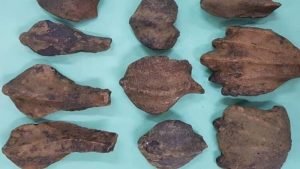
He also mentions 4 small bowls symbolizing snake venom wrapped around the pot.
When the soil was removed from the pot and examined, it was found that the statue of the serpent was covered by the pot.
He mentions that the pedestals on which the deities sit are found in all three directions of this pot.
The left foot of the deities seated in them is touching the pot.
In the fourth direction the cobra is in the position of being shot in four directions at the edge of the clay pots so that their tail parts are seen as a circle in the center of the pots along with the pots.
The professor points out that these evidences can be traced back to the ancient cult tradition that originated with prehistoric culture, which preceded the appearance of snake cancer worship.
He also said that evidence of more than one snake form being placed in clay pots has been found here.
The professor believes that the tradition of placing a snake in a copper or earthenware vessel and giving it to the temples may have originated from antiquity.
He mentions that the region north of Anuradhapura, including Trincomalee, is uniquely identified in historical sources as Nagadeepa (M) and Naganadu.
He says that there is evidence that these names continued to be in use in the region until the 13th century AD, when the names Vanni and Vannipatru appeared and in the 15th century the names Jaffna and Pattinam appeared.
Although evidence of the existence of the Naga tribe in ancient Sri Lanka has been found in many regions, the archival and archeological excavations of Jaffna suggest that archeology and the Nagapaduwan excavations confirm that it originated with the Naga ethnic group who introduced the indigenous culture of the Tamil people living in northern Sri Lanka to the present day, which has been identified as the name of a region in Sri Lanka.
